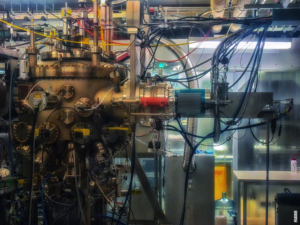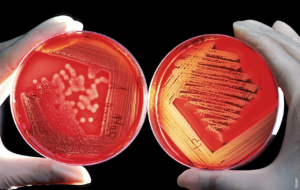The Invisible Shield: Understanding the Ozone Layer
Imagine a protective shield surrounding our planet, invisible to the naked eye yet crucial for our survival. This shield, known as the ozone layer, plays a vital role in safeguarding life on Earth. Let’s dive into the depths of this mysterious layer and unravel its significance.
The Ozone Layer: Nature’s Sunscreen
The ozone layer is a high-altitude region within the Earth’s atmosphere that contains a relatively high concentration of ozone molecules. It is located in the stratosphere, approximately 10 to 50 kilometers above the Earth’s surface. This layer acts as nature’s sunscreen, shielding the planet from harmful ultraviolet (UV) radiation emitted by the Sun.
A Delicate Balance
The delicate balance of the ozone layer is maintained by the interplay of various factors. One of the primary contributors to the formation and depletion of ozone is human activity. Industrialization and the use of certain chemicals, such as chlorofluorocarbons (CFCs), have led to the release of substances that can deplete ozone molecules.
A Hole in the Sky
In the 1980s, scientists discovered a significant thinning of the ozone layer over Antarctica, commonly known as the ‘ozone hole.’ This discovery sparked global concern and prompted international actions to address the issue. The main culprits behind the ozone hole were found to be human-made chemicals, particularly CFCs used in aerosol propellants and refrigerants.
Protecting Our Shield
The alarming depletion of the ozone layer led to the implementation of the Montreal Protocol in 1987, an international treaty aimed at phasing out the production and consumption of ozone-depleting substances. Thanks to this collective effort, the ozone layer is slowly healing, and the ozone hole is gradually closing.
Post
Post
Impacts and Beyond
The existence of the ozone layer has far-reaching implications for life on Earth. Without this protective shield, increased exposure to UV radiation would have detrimental effects on human health, such as skin cancer, cataracts, and weakened immune systems. Additionally, UV radiation can adversely affect ecosystems, including marine life and vegetation.
A Beacon of Hope
While the ozone layer continues to face challenges, its story serves as a beacon of hope for environmental conservation. The global efforts to protect and restore this invisible shield demonstrate the power of collective action in preserving our planet.
As we marvel at the wonders of the natural world, let us remember the silent guardian above us – the ozone layer. Its existence reminds us of the delicate balance between human progress and environmental stewardship, urging us to protect and cherish the fragile ecosystems that sustain life on Earth.



